The world of gaming has undergone a significant transformation since the early days of arcades and primitive home consoles. PlayStation consoles are a staple in this history and stay among the most influential forces behind this evolution.
Since its debut in 1994, PlayStation consoles have redefined what is possible in gaming, pushing technological boundaries and setting industry standards for quality, innovation, and immersive experiences.
For over two decades, PlayStation has introduced groundbreaking features, unforgettable games, and gaming consoles that have become cultural icons.
This article takes readers through the history of PlayStation consoles, exploring each generation’s impact on the gaming landscape, the technological advancements that set them apart, and the ways these consoles have shaped both player expectations and industry standards.
You may also like: The state of the PlayStation 5 in 2024 – still worth it?
The original PlayStation (PS1) – 1994
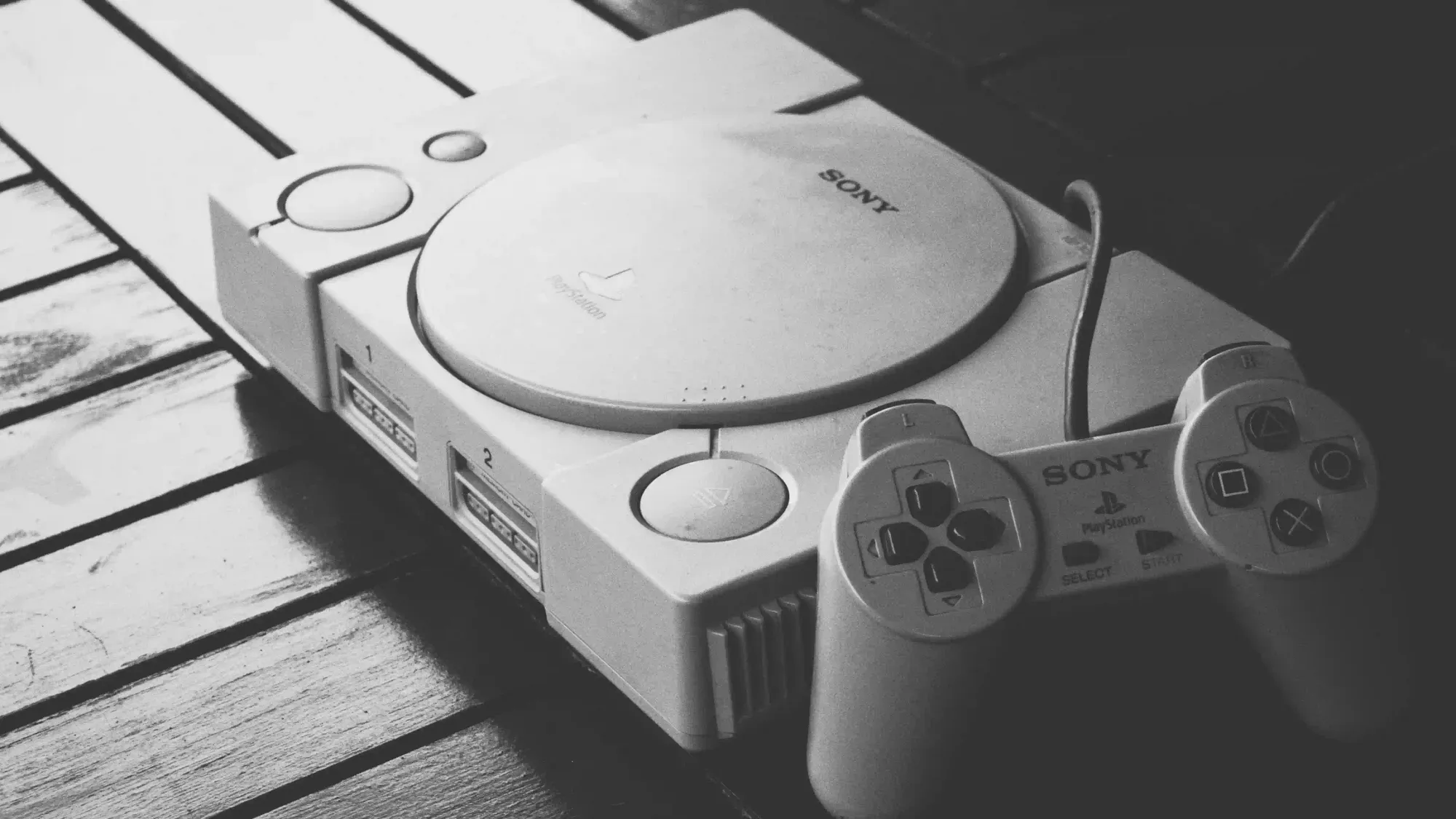
Sony’s entry into the gaming industry was a monumental leap, and it all started with the original PlayStation console in December 1994.
What set the PlayStation 1 (PS1) apart from its competitors was its use of CDs instead of traditional cartridges, a decision that allowed for greater storage capacity, faster load times, and an enhanced multimedia experience.
The PS1 brought 3D graphics into the mainstream, offering titles like Final Fantasy VII, Metal Gear Solid, and Gran Turismo, which pushed the boundaries of storytelling and realism. Developers were quick to take advantage of the console’s capabilities, and players responded, leading to over 100 million units sold worldwide.
The PS1 was also instrumental in establishing Sony as a major player in gaming and setting the tone for what a modern gaming console could achieve.
The PlayStation 2 (PS2) – 2000

Building on the success of its predecessor, Sony launched the PlayStation 2 (PS2) in 2000. With a sleek design and advanced capabilities, the PS2 became the best-selling console of all time, selling over 155 million units worldwide.
The PS2 brought DVD compatibility into the mix, transforming it into a multifunctional device that appealed to gamers and anyone seeking affordable home entertainment. It expanded on 3D graphics, introducing better textures and lighting effects, while the library of games became more diverse and sophisticated.
Iconic titles like Grand Theft Auto: San Andreas, Shadow of the Colossus, and God of War not only showcased the console’s capabilities but also influenced future game design across the industry.
By the time production ceased, the PS2 had cemented its legacy as a groundbreaking console, influencing both Sony’s trajectory and the broader gaming landscape.
Read also: The biggest video game companies that shape the industry
The PlayStation 3 (PS3) – 2006
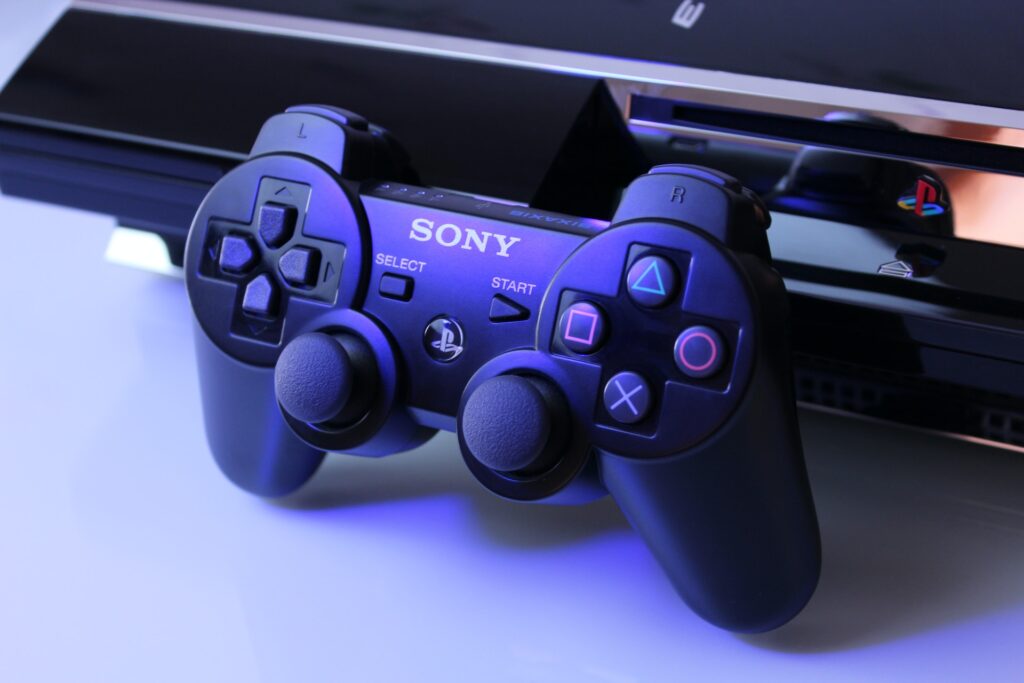
Released in 2006, the PlayStation 3 (PS3) faced a much more competitive market. With the rise of Microsoft’s Xbox 360 and Nintendo Wii, Sony had to innovate further to maintain its position.
The PS3 was the first PlayStation console to incorporate Blu-ray technology, giving developers unprecedented storage capacity for complex game designs. This innovation proved crucial as games became larger and more graphically intensive.
The PS3 also introduced online multiplayer through the PlayStation Network (PSN), enabling players to connect and compete globally. While the initial high price point was a barrier, the PS3 gradually gained popularity with an impressive lineup of exclusive titles such as Uncharted, The Last of Us, and Metal Gear Solid 4.
By the end of its lifecycle, the PS3 had sold over 87 million units, proving that despite early challenges, it could still leave an indelible mark on gaming history.
The PlayStation 4 (PS4) – 2013
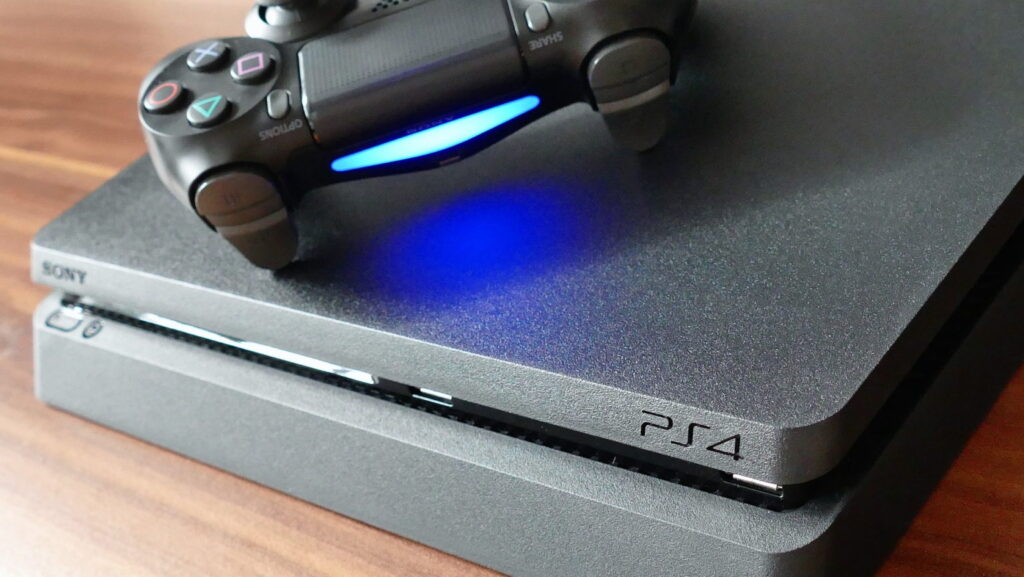
The launch of the PlayStation 4 (PS4) in 2013 marked a new chapter in gaming technology. With an architecture closer to that of a high-performance PC, the PS4 made game development smoother and more efficient, attracting independent developers and allowing for a wider variety of games.
The PS4 also featured social sharing, live-streaming, and cross-platform play, encouraging players to connect with friends and share their experiences. It became home to some of the most critically acclaimed games of the generation, such as Horizon Zero Dawn, Bloodborne, Spider-Man, and God of War.
Sony’s dedication to high-quality exclusive titles and the rise of PlayStation Plus, which offered monthly games and cloud storage, helped the PS4 dominate the gaming market. The PS4 had sold over 116 million units, securing its place as one of the most successful consoles in gaming history.
The PlayStation 5 (PS5) – 2020
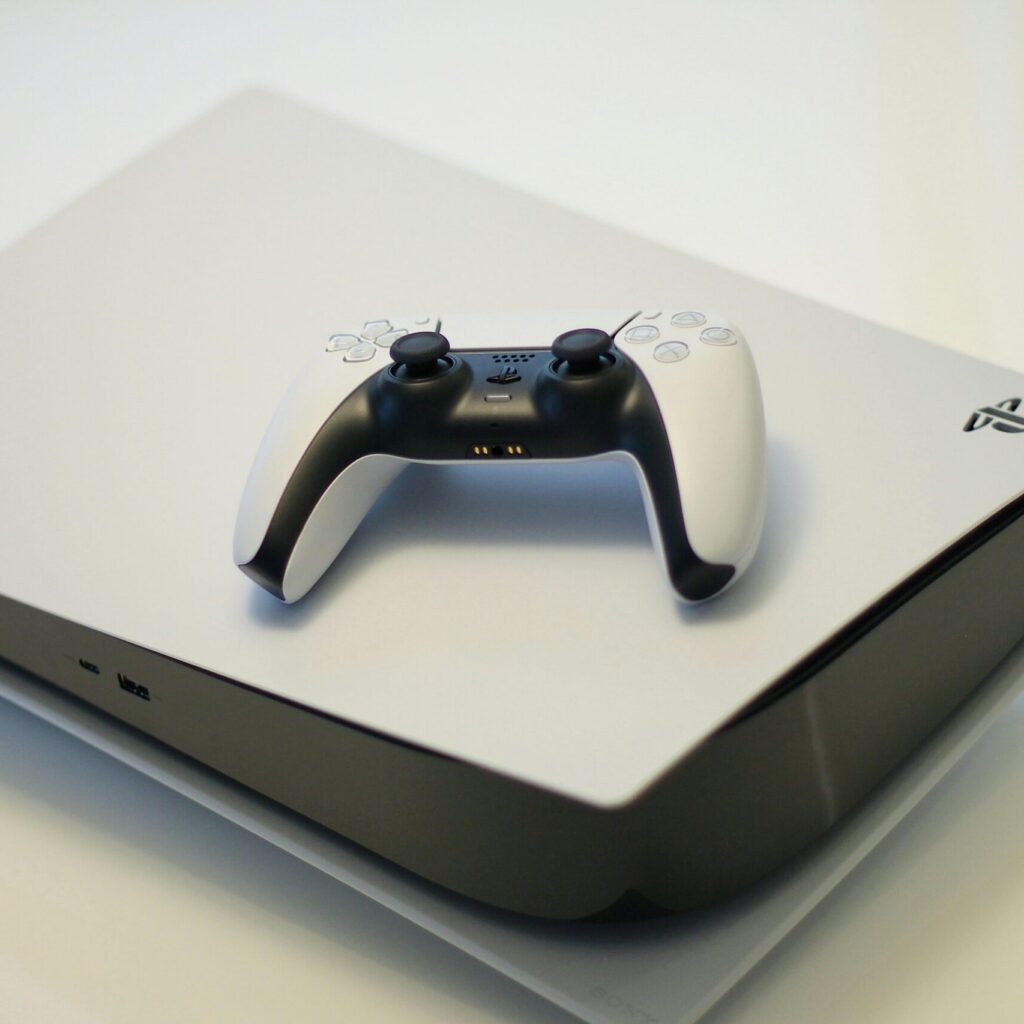
In 2020, Sony released the PlayStation 5 (PS5), marking the latest advancement in the PlayStation console family. With a powerful SSD for faster load times, ray-tracing technology for enhanced visual realism, and a unique DualSense controller featuring haptic feedback, the PS5 set new standards for immersion and gameplay experience.
The design of the PS5 also made it one of the most striking consoles visually, with its bold, futuristic look standing out from any previous console generation.
Despite supply chain challenges due to global events, the PS5 has been in high demand, with millions of units sold within months of release. The PS5 is currently pushing the boundaries of what games can achieve visually and interactively.
Furthermore, the backward compatibility with PS4 titles has given it a considerable edge, allowing players to transition smoothly while enjoying new and classic games on a single device.
Read also: How to develop games for PlayStation – a beginner’s guide
The legacy of PlayStation consoles
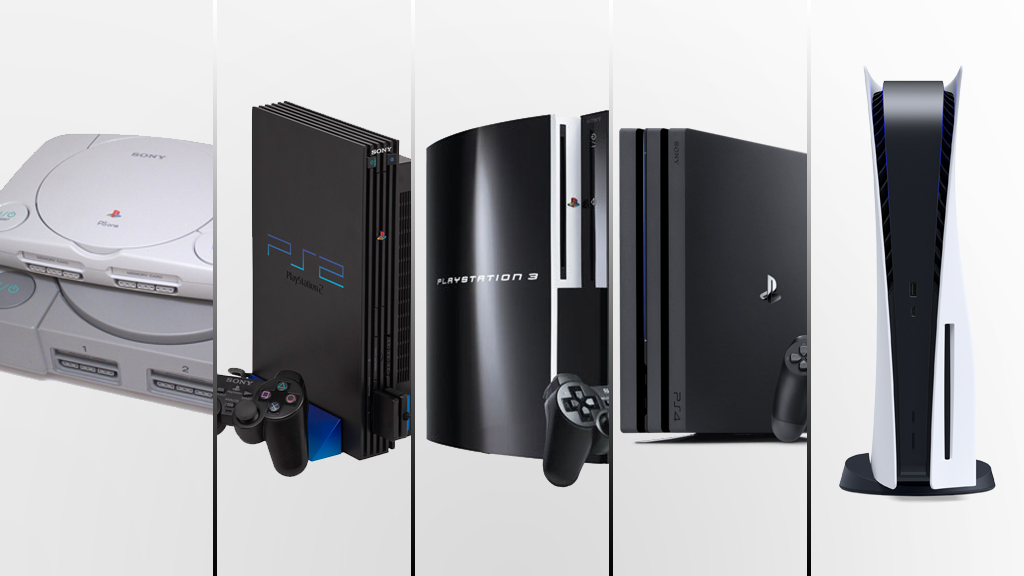
The evolution of PlayStation consoles reflects not only advancements in technology but also changes in how players engage with games.
From introducing CD-based gaming in the 1990s to enabling VR experiences and cloud gaming in recent years, each PlayStation console has shaped the industry and impacted how games are developed, marketed, and played.
Sony’s commitment to quality, exclusivity, and innovation has kept the PlayStation brand at the forefront of gaming. And as we look to the future, there’s anticipation around what lies ahead for PlayStation consoles.
For over two decades, PlayStation consoles have entertained and transformed the gaming industry, with each generation bringing something new, in ways that few other brands have achieved.
We here at Main Leaf are constantly inspired by the advancements that Sony has brought to the gaming industry through the PlayStation. If you’re inspired by the impact of these consoles like us and dream of creating a game that captures players’ imaginations, there’s no better time to start.
Whether you’re a seasoned studio or a new developer with a bold idea, our team can help you navigate the complexities of game design, development, and launch. If you’re ready to take your game idea to the next level, reach out to us at Main Leaf so we can make history together in the world of gaming!

